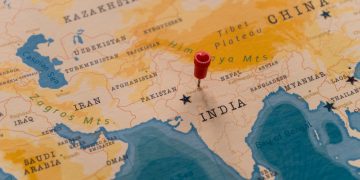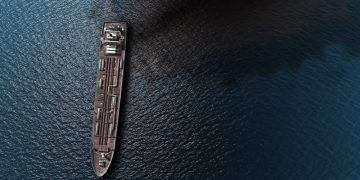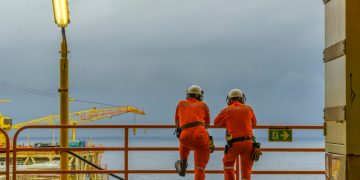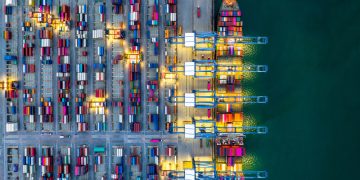Over 30% of all installed ballast water treatment systems fail Port State Control D-2 compliance inspections despite 95% of systems having successfully passed commissioning tests.
Information submitted by Global TestNet to the International Maritime Organization’s Marine Environment Protection Committee MEPC82, which took place in October 2024, revealed that 29% to 44% of operational systems are failing to remove invasive species in the >50µm range, with more than 100 organisms of this size routinely found in every 1m3 of treated water.
The D-2 standard of the BWM Convention, which entered fully into force on 8 September, requires ships to discharge ballast water with fewer than 10 viable organisms per 1m3 that are at least 50µm in size.
Over 30% of all installed ballast water treatment systems fail Port State Control D-2 compliance inspections despite 95% of systems having successfully passed commissioning tests.
According to the findings, the most common reasons for non-compliance were contamination of the ballast water tank from mixing treated and untreated waters or improperly opening/closing valves; organism regrowth due to insufficient and infrequent cleaning of the ballast water tanks; and human error due to insufficient system knowledge, maintenance, and training.
Top ranked sources of failure:
- Contamination inherent to presence of organisms in tanks (no cleaning of tanks at commissioning and regrowth)
- Contamination from mixing treated water with untreated water
- BWMS not used in accordance with manufacturer instructions (including a lack of sufficient crew training)
“These results show that even if a vessel with a type-approved ballast water treatment system passes initial commissioning tests, the BWM system alone cannot assure against non-compliance,” said Charlène Ceresola, BIO-UV Group’s BWT Project Manager, who is currently participating in the BWM Convention Review as a Member of the French Delegation to the IMO Ballast Water Review Group.
She continued by stating that when a BWMS is properly installed, a high efficacy in removing organisms is achieved (99,9%) but IMO MEPC reports have acknowledged that this efficacy may not be sufficient to constantly meet the D-2 discharge standard.
Compliance tests often fail due to the presence of organisms in the tank or water contamination. If operators do not fully understand the impacts of Ballast Water Management on board, and if bypassing cleaning procedures for ballast tanks occurs frequently, non-compliance will be unavoidable.
..said Charlène Ceresola.
The most frequent deficiencies reported by the Paris Memorandum of Understanding on Port State control also related to poor ballast water record book-keeping, inadequate crew training, system unfamiliarity, and invalid or missing certificates.
Moreover, of the 907 ballast water non-compliance deficiencies reported by the Paris MoU in 2023,760 related to record-keeping and administration (58%), BWTS system and system knowledge (16%), and certification (16.9%), resulting in 33 ship detention. This year to date, 505 ballast water management deficiencies have been reported, resulting in 17 ship detentions.
Regarding the record-keeping and reporting to administrations, BIO-UV Group is now advising ship operators that IMO has updated Appendix II of the BWM Convention (form of BWRB) to clarify entries to be recorded.
“We are encouraging BIO-SEA system operators to refer to the new guidance on ballast water record-keeping and reporting (due to enter into force on 1 February 2025), published in BWM.2/Circ. 80 to safeguard against port delays and detentions,” said Ceresola. “While there remains a two-year grace period for treatment performance issues, ships can still be delayed for poor administration.
Maintenance and crew training are also areas where ships can be detained. “There is certainly a need for strengthening maintenance and system knowledge, and this will be part of the package of amendments IMO is preparing. Shipowners want their systems to be in good working order but how do you ensure this once the manufacturer has installed the system and left the ship, or is no longer in the market?
There is agreement amongst ship operators and regulators that routine compliance checks are required. It is essential to assess whether systems efficiently prevent harmful aquatic organisms and pathogens from being discharged into the oceans.
…stated Charlène Ceresola.
The IMO’s Convention Review Plan for the BWMS experience-building phase aims to address the 13 priority issues identified at MEPC80. The amendments package is expected to be completed by the end of 2026, with implementation taking place 12 to 18 months afterward. The primary focus areas include BTWS maintenance, crew training, and addressing challenging water conditions.




























































